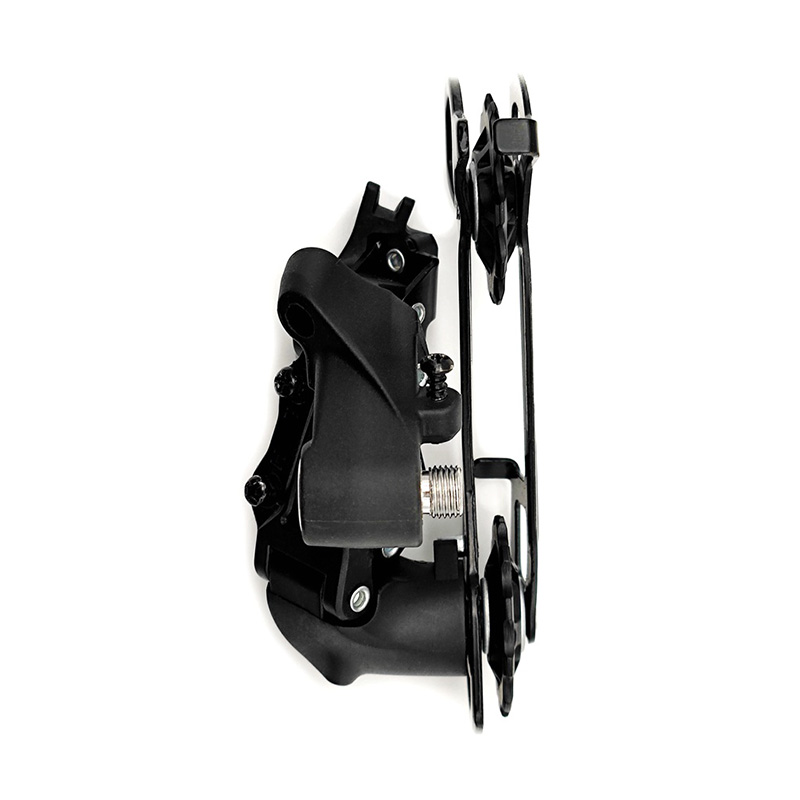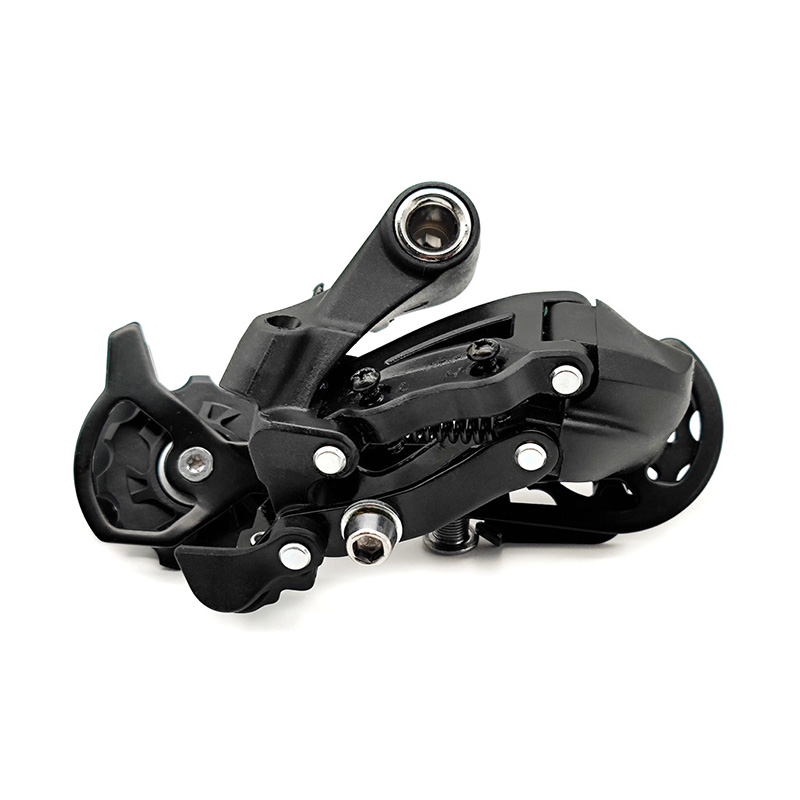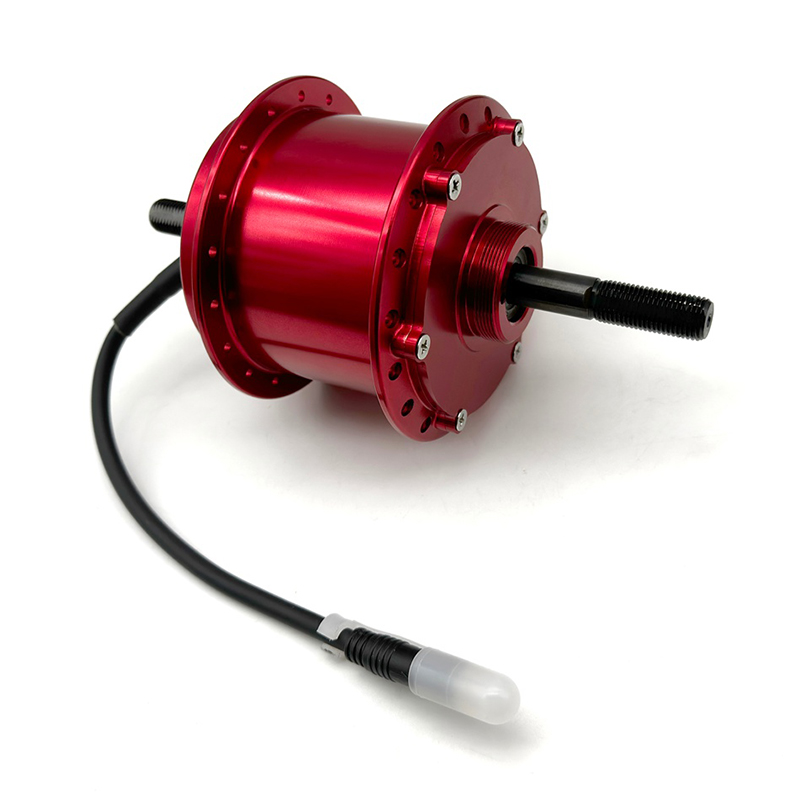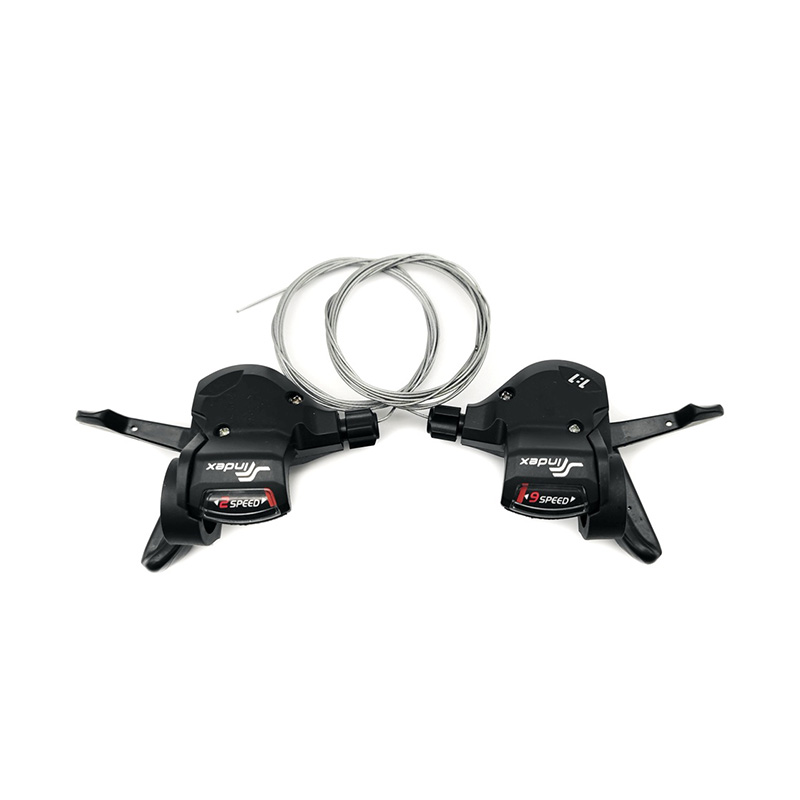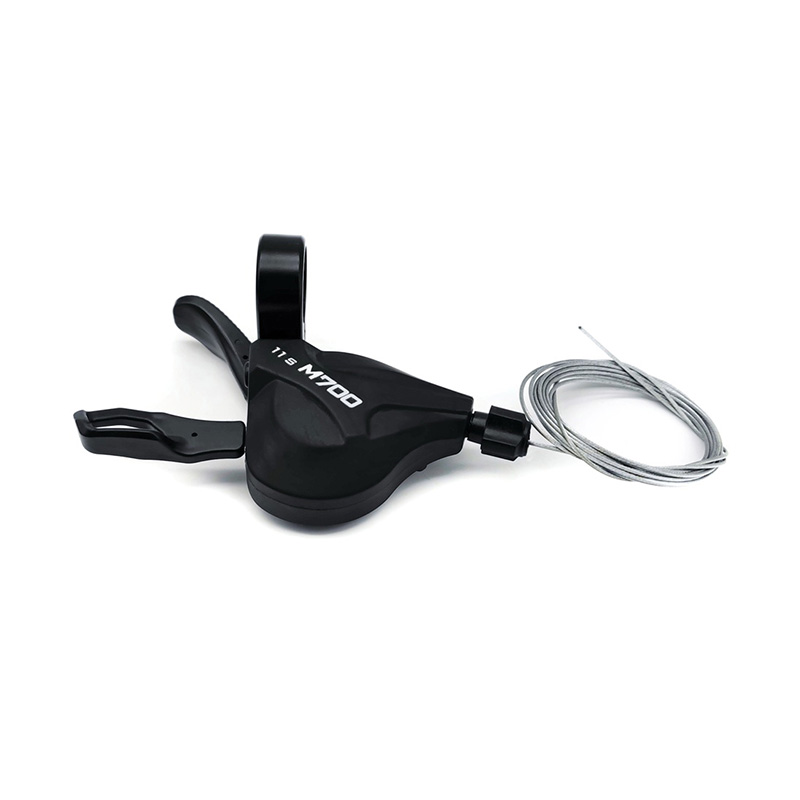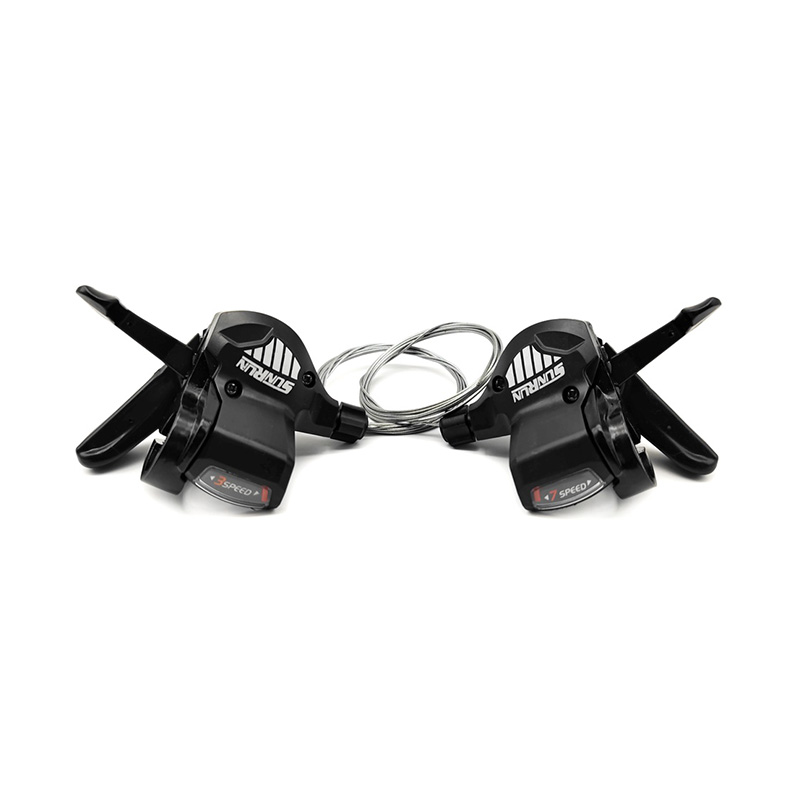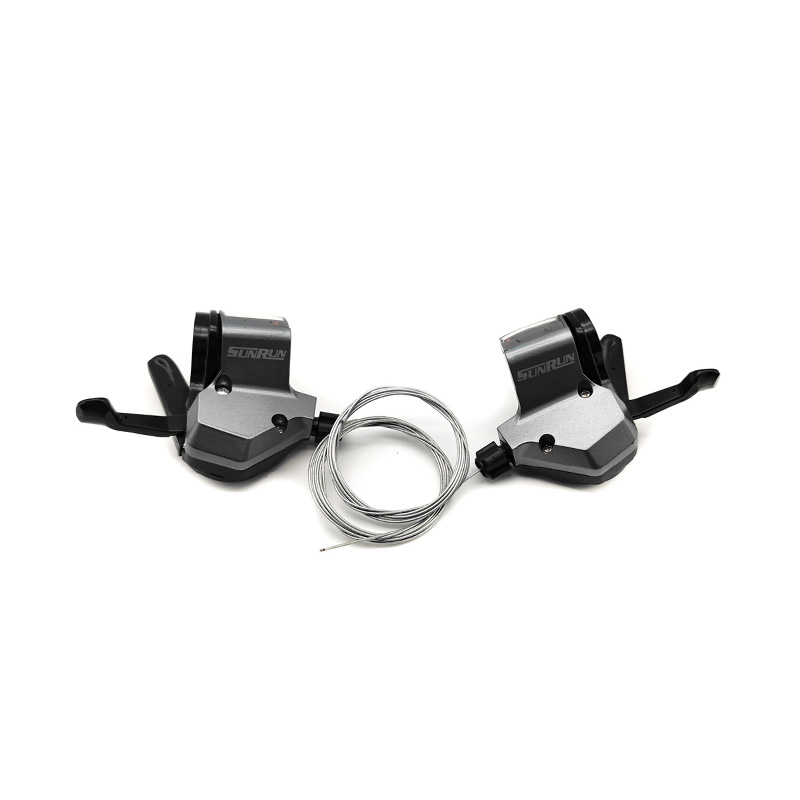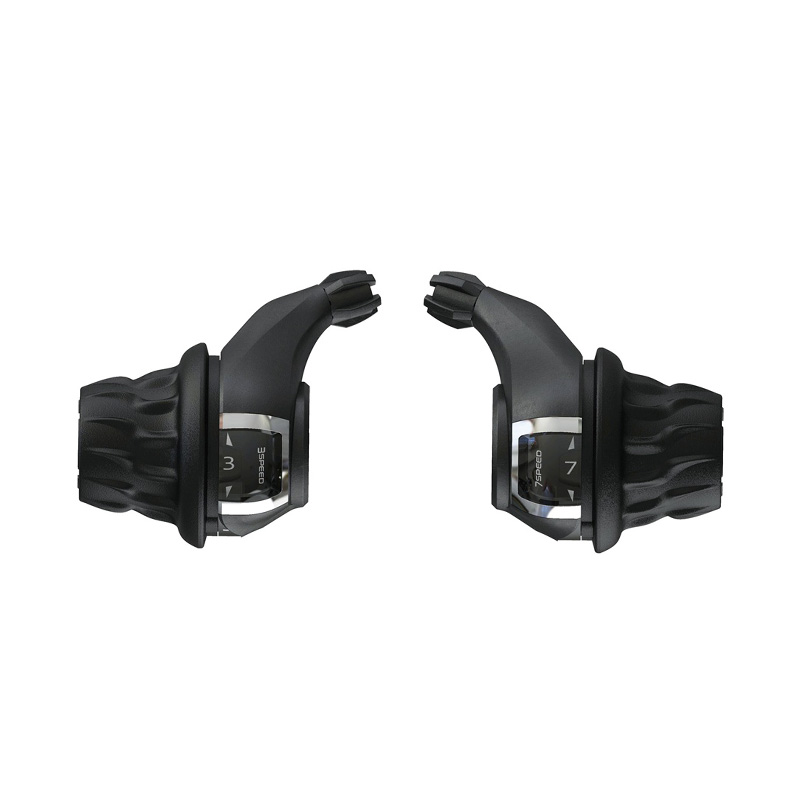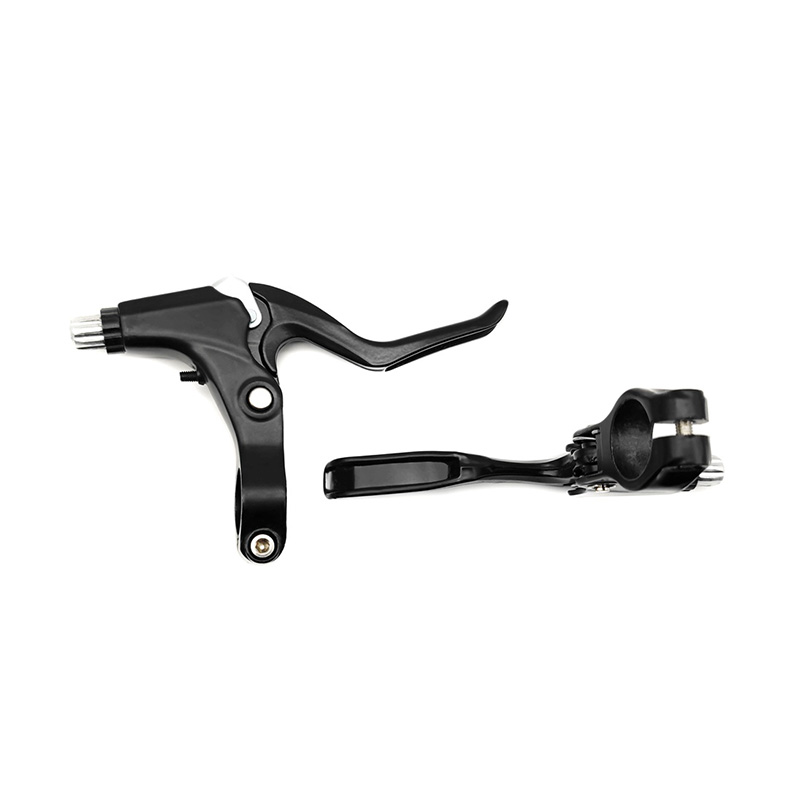-
 Everything You Need to Know About MTB Bicycle Cassette Sprocket
Everything You Need to Know About MTB Bicycle Cassette SprocketWhat is a mountain bike cassette sprocket?A mountain bike cassette sprocket is one of the core components of a mountain bike's speed change system. It is usually installed on the r...
-
 How to properly maintain bicycle hubs with sealed bearings to extend their service life?
How to properly maintain bicycle hubs with sealed bearings to extend their service life?Proper maintenance of bicycle hubs with sealed bearings is the key to ensuring their long-term stable operation. Although the design of sealed bearings can effectively prevent the ...
-
 Bicycle rear derailleur: a key component of riding experience
Bicycle rear derailleur: a key component of riding experienceIn modern bicycle design, the rear derailleur is an indispensable part of the transmission system. It not only bears the heavy responsibility of transferring the chain from the fro...

- Describe
- Parameter

Ningbo Dongjin Technology Co., Ltd is China OEM 7S /8S Bicycle Rear Derailleur Supplier and ODM 7S /8S Bicycle Rear Derailleur company was founded in 1991, specializing in the production of bicycle transmission systems, braking systems and other components. The leading products include a series of derailleurs, variable speed flywheels, high-end cassette hubs, disc brakes, brake components, cranksets and more than 300 varieties in six categories.
In 2015, in response to Made in China 2025, the company established Ningbo Dongjin Technology Co., Ltd. to develop a new internal and external variable speed transmission system, entering the first echelon of the domestic industry. "Chicheng wheel industry, quality first" is the pursuit of quality by Richeng people. The company has introduced internationally advanced key technologies such as precision cold forging, CNC machining, heat treatment, and multi-station stamping to develop transmissions with Richeng characteristics. , transmission kit, sales volume leads domestic peers. The registered brands SUNRUN, TONGKEEN and HEMU enjoy high reputation in domestic and foreign markets. The company has independent export rights, and its products are exported to Europe, North America, Central and South America, Africa, Southeast Asia and other countries and regions. Xu Mingqiang, chairman of the company, sincerely invites domestic and foreign merchants to come for negotiation and guidance.
Industry Knowledge Extension
The appropriateness of the shift cable tension has a profound and important impact on the rear derailleur. As a key component of the bicycle transmission system, the rear derailleur is responsible for adjusting the position of the chain on different flywheel gears to achieve the transmission function. The transmission cable is an important medium for controlling the movement of the rear derailleur. The appropriateness of its tension is directly related to the performance of the rear derailleur and riding comfort.
First of all, proper shifting cable tension can ensure that the rear derailleur moves accurately and quickly when shifting. When the shifting cable tension is moderate, the rear derailleur can quickly and accurately move to the corresponding gear according to the rider's shifting needs, maintaining the correct meshing relationship between the chain and the flywheel gear. This not only improves the smoothness and accuracy of shifting, but also avoids problems such as chain skipping or falling off due to poor shifting.
Second, proper shift cable tension helps reduce rear derailleur and chain wear. If the shift cable tension is too tight, the rear derailleur may experience excessive resistance during movement, resulting in increased friction between the chain and the pulley, thereby accelerating wear. On the other hand, if the tension of the shift cable is too loose, the rear derailleur may not be fully in place, causing the chain to slip or shake when shifting, which will also increase wear. Therefore, keeping the shift cable tension appropriate will help extend the life of your rear derailleur and chain.
In addition, proper transmission cable tension can also improve riding safety and comfort. During riding, if the transmission system fails or becomes unstable, it may cause the rider to lose control of the bicycle and increase the risk of an accident. Appropriate shifting cable tension can ensure that the rear derailleur remains stable and reliable during shifting, reducing riding risks. At the same time, the smooth shifting experience also allows riders to more easily cope with different road conditions and riding needs, improving the comfort and fun of riding.
Therefore, the appropriateness of the transmission line tension is crucial to the impact of Rear Derailleur. In order to ensure the normal operation of the rear derailleur and extend its service life, we should regularly check and adjust the shifting cable tension to ensure it is in optimal condition. At the same time, during riding, we should also pay attention to the accuracy and timeliness of shifting operations to avoid unnecessary damage to the rear derailleur.

 中文简体
中文简体 English
English

